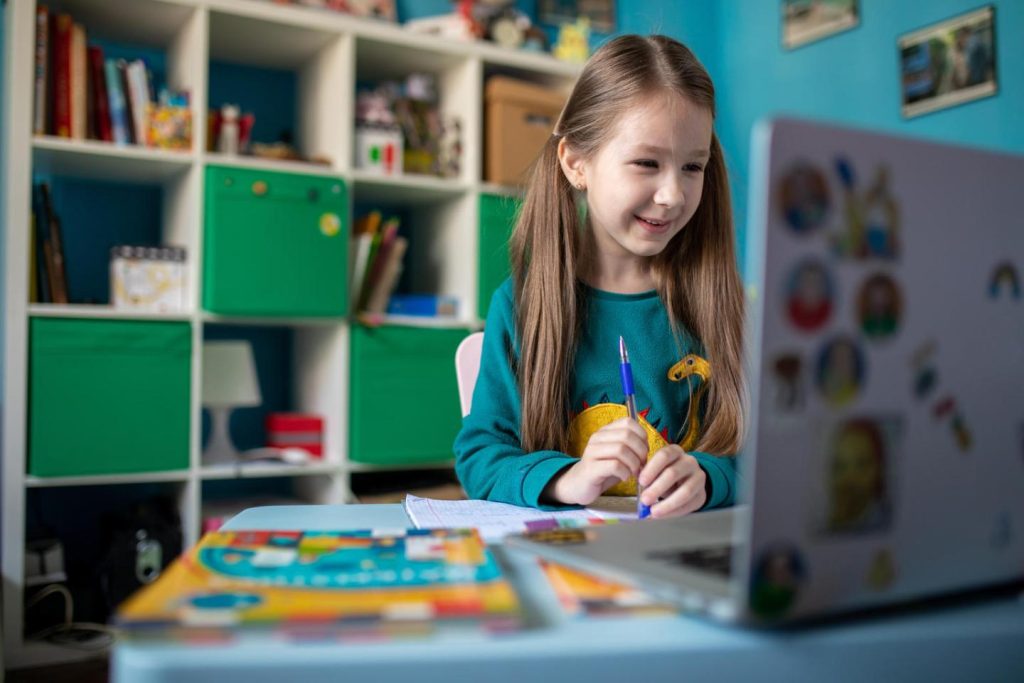The landscape of education has undergone a significant transformation with the rise of virtual learning environments. As technology continues to advance, traditional classrooms are being redefined, and educators are embracing innovative methods to engage students in a digital realm. Virtual learning environments leverage various tools and platforms to create immersive and interactive educational experiences that transcend physical limitations. This shift has opened up a world of opportunities, empowering learners to access quality education from anywhere in the world, breaking down geographical barriers and revolutionizing the way knowledge is imparted. One of the key advantages of virtual learning environments is the flexibility they offer. Students no longer need to be confined to a physical classroom; instead, they can access educational content and participate in discussions at their own pace and convenience. Virtual learning environments also foster a more inclusive and diverse educational experience.

Geographical limitations are no longer a barrier, as students from different parts of the world can come together in a virtual classroom and share their unique perspectives and experiences. This cultural exchange enriches the learning environment, encouraging global collaboration and fostering a deeper understanding of different cultures and ideas. Additionally, virtual learning environments provide opportunities for students with disabilities or other physical limitations to access education in a more accessible and inclusive manner, ensuring that education is truly accessible to all. Furthermore, virtual learning environments often incorporate a wide range of multimedia resources, interactive simulations, and gamified elements, enhancing student engagement and promoting active learning. These dynamic and interactive components help capture students’ attention and create an immersive learning experience. By incorporating videos, interactive quizzes, virtual labs, and collaborative projects, virtual learning environments offer a more stimulating and hands-on approach to learning, catering to different learning styles and fostering critical thinking and problem-solving skills.
However, it is important to recognize that virtual learning environments also present their own set of challenges. Building a sense of community and fostering meaningful interactions among students and instructors can be more challenging in a virtual setting. Educators need to employ effective strategies to facilitate communication and collaboration, such as discussion forums, video conferencing, and online group projects. Additionally, ensuring reliable internet access and technical support is crucial to prevent technological barriers from hindering the learning experience. In conclusion, virtual learning environments are redefining the traditional classroom, offering a flexible, inclusive, and engaging approach to education. By leveraging technology and innovative tools, educators can create dynamic and immersive learning experiences that transcend physical boundaries. The rise of virtual learning environments has the potential to revolutionize education, empowering learners of all ages and backgrounds to access quality education and fostering a lifelong love for learning. As technology continues to evolve, it is essential for educators and institutions to embrace and adapt to these virtual learning environments to unlock their full potential and shape the future of education.
